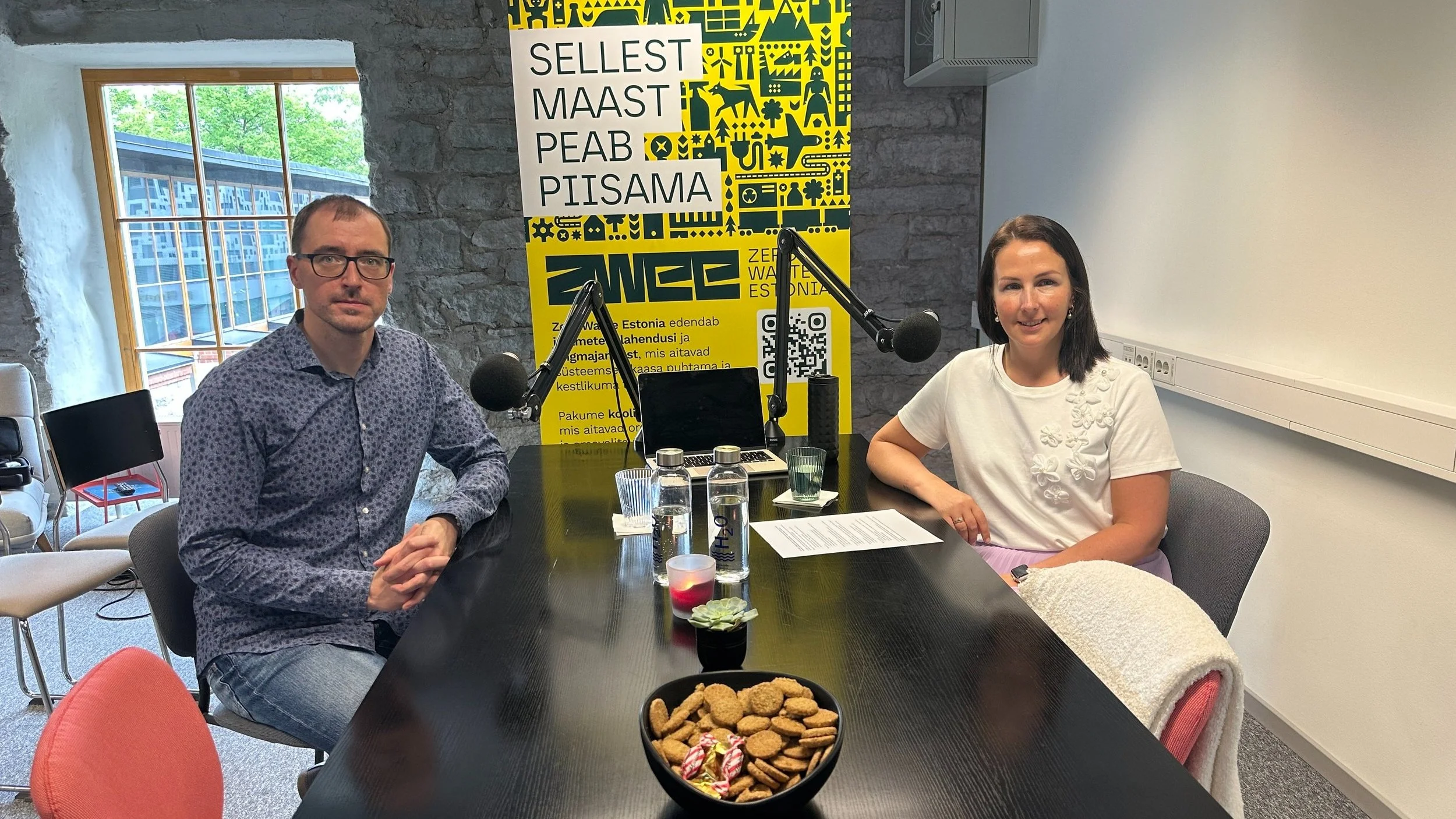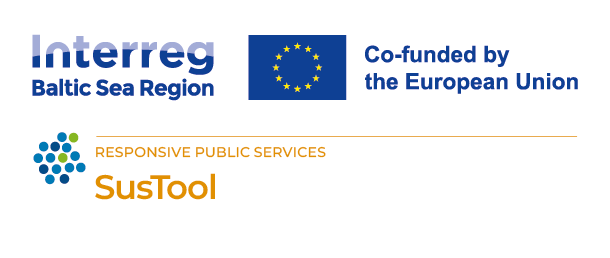Packaging’s Future and PPWR – Conversation with Taavi Tikk from Pack Craft
In the second episode of the Zero Waste Estonia podcast, host Marianne Sepp sits down with Taavi Tikk from Pack Craft to explore the rapidly evolving world of packaging. The discussion touches on the urgent challenges facing the sector, the rising popularity of paper-based packaging, and the sweeping regulatory changes driven by the new EU Packaging and Packaging Waste Regulation (PPWR).
Rethinking the Role of Packaging
Pack Craft specialises in product development and redesigning problematic packaging. Whether it’s launching new product lines or fixing issues like leaks or breaks — especially from distant suppliers — the company focuses on enhancing recyclability, reducing environmental impact, and optimising processes and costs.
“Clients usually come to us with a problem,” says Tikk. “Our goal is to find a solution that protects the product, meets legal standards, and reduces fossil-based material use.”
However, switching materials isn’t always straightforward. “You can’t just flip a switch,” Tikk explains. “If we move away from fossil-based plastics without a clear plan, we might simply shift the environmental burden elsewhere — like to agriculture.”
The Paper Trend: Promise and Limitations
One standout trend is the growing use of paper-based packaging, even in the food sector. While full transition is still a work in progress — “we’re not packaging milk in paper yet,” Tikk notes — the interest is real.
The benefits? Paper packaging collection infrastructure is already widespread, and around 70% of products could technically be packaged in paper today in terms of shelf life and protection. The barriers? Cost and technology. Packaging equipment often needs a complete overhaul to switch from plastic to paper, which means significant investment.
Still, the industry is slowly shifting. Carton-like packaging for milk and juices (e.g. metallised layers) is already in use. Technologies and sorting stations for such formats are available — Tikk points to guidance from industry associations like CBI as a good place to start.
Regulatory Shake-Up: What PPWR Means for Businesses
A major driver of change is the Packaging and Packaging Waste Regulation (PPWR), recently adopted by the European Parliament. This landmark legislation sets ambitious standards for waste reduction and sustainability:
Mandatory recyclability: From 2030, only packaging with a recyclability grade of A (≥95%), B (≥80%), or C (≥70%) will be allowed on the EU market.
Minimum recycled content: Ranges from 10% to 30% depending on the material and application (e.g. 30% for sensitive PET containers).
Ban on unnecessary packaging: Reducing both the weight and volume of packaging becomes a legal obligation.
Label harmonisation: Clear, unified labeling is required to support better sorting and potential reuse.
Single-use plastic restrictions: Items like individually packed fruits or condiments in hotels and restaurants are being phased out.
Customer container rights: Takeaway outlets must allow customers to use their own containers without extra charges.
Substance restrictions: Packaging with harmful PFAS above defined thresholds will be banned.
These changes will significantly impact packaging design, manufacturing, and strategy across Europe. Businesses will need to rethink their entire approach to meet the upcoming 2030 and 2040 milestones.
Planning Ahead
Tikk emphasises that success in this transition depends on systemic planning and cooperation across the value chain. “The direction is clear, but we need to make sure we do it thoughtfully — otherwise, we risk just creating new problems.”
Zero Waste Estonia is part of SusTool (Sustainability reporting tool) project (2023-2025) which is co-financed by Interreg Baltic Sea Region programme 2021-2027, 1 Priority Innovative societies, 1.2 Objective Responsive Public services and it contributes to EUSBSR PA Innovation Action.
Project partners include the Ministry of Economic Affairs and Communications as the lead partner from Estonia, and as partners: the Ministry of Finance and ITL from Estonia; VARAM and LIKTA from Latvia; DIMECC LTD from Finland, INFOBALT from Lithuania. The project will conclude on December 31, 2025.


